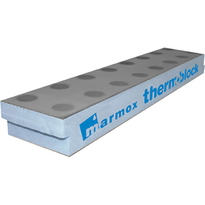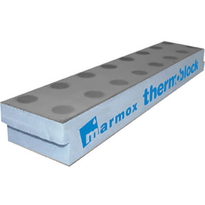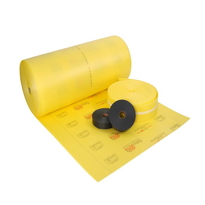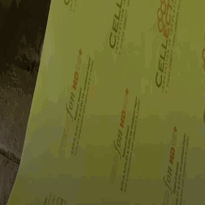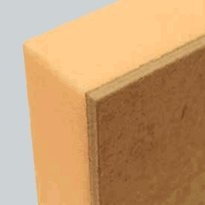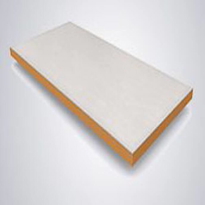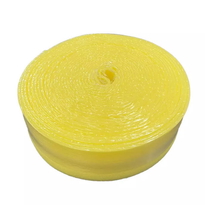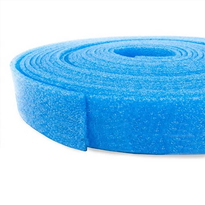Resilient Layer Timber Floors
Resilient layer timber floors utilize specialized backing materials, such as foam or rubber composites, which enhance impact absorption, moisture resistance, and durability. These features help extend the lifespan of the flooring. Additionally, the resilient layers assist in protecting against temperature fluctuations and minimize noise transmission, resulting in a more stable and comfortable surface.
Proper installation is essential to ensure the effective performance of these resilient features. Routine maintenance includes regular cleaning and prompt handling of spills to preserve the integrity of the floor.
Further research can offer valuable insights into environmentally sustainable options and innovative installation techniques, contributing to the development of more efficient and eco-friendly resilient flooring solutions.
Materials and Composition of Resilient Layers in Timber Floors
The materials used in the resilient layers of timber floors are carefully chosen to ensure durability, stability, and optimal performance. Common options include Wood Plastic Composite (WPC), which combines polyvinyl chloride (PVC), calcium carbonate, wood pulp, and foaming agents. This mixture provides strength, a lighter weight, and a softer surface feel compared to traditional vinyl flooring. WPC's versatility makes it suitable for various environments. Stone Plastic Composite (SPC) is another popular choice. Composed mainly of calcium carbonate, PVC, and plasticizers, SPC offers high strength and excellent waterproof properties, making it suitable for areas prone to moisture. Rubber, whether natural or synthetic, is valued for its durability, acoustic insulation, and comfort underfoot. However, synthetic variants may contain volatile organic compounds (VOCs), which could raise environmental and health considerations. Rubber compositions inherently possess excellent sound-absorbing capabilities. Cork, as a renewable natural material, provides good insulation and a soft surface underfoot. It's most suitable for low-traffic areas due to its relatively weaker durability compared to other resilient materials. Linoleum, made from natural ingredients such as linseed oil, limestone, and cork dust, presents an eco-friendly flooring option. Its focus on sustainability makes it appealing to those seeking environmentally responsible materials. All these materials are selected to meet various requirements of timber flooring, balancing factors such as sustainability, comfort, durability, and waterproofing.
Benefits and Advantages of Incorporating Resilient Layers
Incorporating resilient layers into timber flooring enhances the overall performance of the material by providing several functional benefits that directly address common challenges such as wear, moisture, and temperature variations. These layers significantly increase the durability of the flooring, making it more resistant to impacts and prolonging its lifespan. They also offer improved moisture resistance, helping to safeguard the floor against damage caused by humidity and spills. Additionally, resilient layers help maintain stability in fluctuating temperatures, reducing the risk of warping or buckling. Layered construction not only improves structural integrity but also allows for easier installation and maintenance, contributing to a more efficient building process.
Beyond structural benefits, resilient layers contribute to a safer and more comfortable environment. They enhance slip resistance, making floors safer to walk on, particularly in areas prone to moisture. They also aid in noise reduction, which is especially beneficial in multi-storey buildings or busy commercial settings. Ergonomic cushioning provided by these layers helps reduce fatigue for individuals who stand for longer periods, promoting better comfort and safety. Moreover, resilient layers can be engineered with eco-friendly materials to support sustainable building practices.
The following table summarizes these advantages:
Benefit |
Practical Impact |
Applicable Area |
| Durability | Extends the lifespan of the floor | Commercial and residential environments |
| Moisture Resistance | Protects against humidity and spills | Kitchens, bathrooms, humid climates |
| Impact Absorption | Minimises damage from foot traffic and impacts | High-traffic zones, public venues |
Installation and Maintenance Best Practices
Successful installation and maintenance of resilient-layer timber flooring hinge on strict adherence to proven best practices, beginning with comprehensive preparation of the substrate and surrounding environment.
It's crucial that the substrate—whether concrete, timber, or existing flooring—is fully adhered, clean, and dry prior to commencing installation. When installing over existing surfaces, verify that they meet all necessary conditions for compatibility to prevent future issues.
In floating installations, sufficient expansion gaps must be incorporated to accommodate thermal movement, avoiding potential buckling or distortion. All preparatory work, including concrete curing, drywall finishing, and application of primer coats, should be completed prior to laying the flooring to ensure a stable and uniform base.
During installation, employ correct techniques such as precise tongue and groove alignment and carefully lay underlayments with appropriate overlaps, maintaining small gaps at the perimeter edges to facilitate expansion. Using proper tools and following manufacturer instructions help achieve a seamless finish and uphold the warranty terms.
For ongoing care, regular cleaning with suitable products designed for timber floors is essential. Promptly remove spills to prevent staining or damage, and conduct routine inspections to identify early signs of wear or issues.
It's advisable to avoid harsh chemicals and abrasive cleaning tools, as these can compromise the finish and longevity of the floor. Adhering strictly to manufacturer guidelines provides critical assurance of the floor’s integrity and helps maintain its performance and warranty validity over time.
Consistent maintenance coupled with careful installation practices will ensure the durability and aesthetic appeal of resilient layer timber flooring for many years.
Environmental Impact and Sustainability Considerations
Choosing timber flooring involves careful consideration of its environmental impact and sustainability aspects, which are important factors in responsible material selection. Wood flooring is beneficial in reducing carbon emissions, as it stores absorbed carbon dioxide during its growth. It's also a renewable resource, provided that forest management practices support sustainable harvesting and regeneration. Timber flooring also helps in maintaining ecological balance by supporting reforestation efforts. Sustainable forestry practices not only preserve biodiversity but also ensure the ongoing availability of quality timber resources.
Engineered wood flooring further reduces the environmental impact by making efficient use of resources. It uses recycled fibers or fast-growing timber species, helping to lower the demand for slow-growing trees and minimize deforestation. This efficiency in resource utilization contributes significantly to reducing the overall ecological footprint of wood flooring.
Certification schemes from organizations such as the Forest Stewardship Council (FSC) verify that the timber comes from sustainably managed forests. This ensures that your choice supports responsible forestry practices and contributes to the preservation of biodiversity and ecosystem health.
Key points to consider include:
Carbon Sequestration: Solid wood floors absorb and store carbon, aiding in the reduction of atmospheric greenhouse gases.
Efficient Use of Resources: Engineered wood flooring utilizes less solid wood by employing layered construction, which maximizes resource efficiency.
Recyclability: Many wood products are recyclable or reusable at the end of their lifespan, helping to minimize waste.
Supporting Sustainable Forest Management: Choosing certified timber ensures that the source of your flooring is environmentally responsible and contributes to long-term forest conservation.
Conclusion
Ultimately, incorporating resilient layers into timber floors enhances their durability and sound absorption properties, providing substantial functional benefits. Selecting appropriate materials, applying precise installation techniques, and undertaking regular maintenance can significantly extend the lifespan of the flooring system. Furthermore, choosing environmentally sustainable materials helps reduce ecological impact, aligning with responsible building practices prevalent within the UK. A comprehensive understanding of these factors ensures optimal performance, safety, and longevity of timber floors, making them a practical and resilient flooring solution suitable for a variety of residential and commercial applications.
